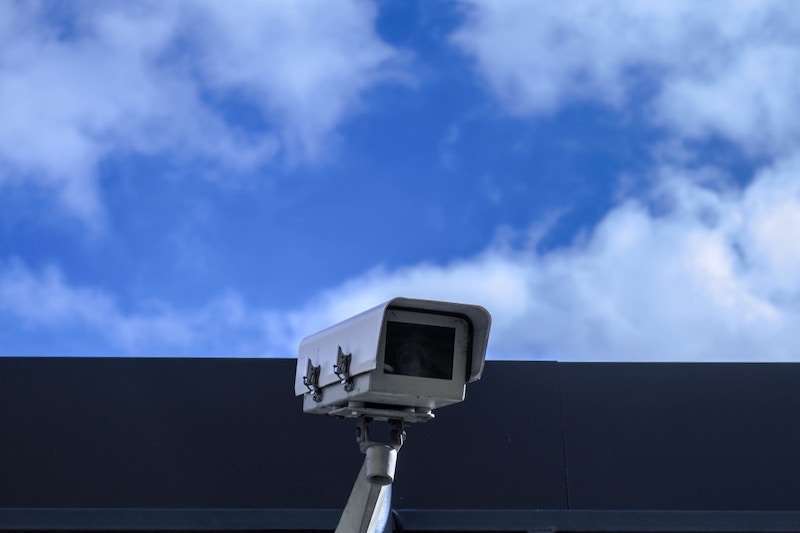Solar O&M
You’re in the middle of a really expensive game of broken telephone. The reports you’re getting don’t meet your needs, and you’re not seeing timely responses to problems when they arise, and you think there’s nothing you can do about it.
Contracts have been signed, communication’s not great but nothing’s really broken, and it seems easier to stick with the devil you know than look for a new O&M provider…even though you’re definitely not maximizing your assets for growth. Want to know where it all went wrong?
I recently sat down with Katherine Janik, Founding Principal at Garnet 3 Consulting to talk about typical operations and maintenance (O&M) oversight pitfalls and communications failures, their consequences, and what can be done to address them. In part one of our two-part series, we’re talking about the negatives—the “Don’t’s” of O&M oversight.
Don’t Assume One O&M Provider is as Good as the Next
Preventive maintenance is going to have a direct impact on your solar project’s potential production over time, and your bottom line. It maximizes your uptime, and extends the life of your project, but it isn’t just inconsistency in the oversight of providers that’s creating problems for the industry, according to Janik. It’s also the variability in the quality and skill levels of these O&M providers themselves.
Did you do your due diligence before you picked a solar maintenance provider? Or did you just go with the cheapest available option? According to Janik, O&M providers reduce costs by reducing the scope of what they do. In this case, you get what you pay for. You should have had your first discussion regarding O&M issues pre-construction, and figuring out your relationship dynamics, expectations, and milestones should be no different.
Also, having a standardized scope of work for your organization will help standardize efforts and help you pay for the right things.
Don’t Make Communication and Process an Afterthought
Communications issues tend to develop early on in the relationship, and they have far-reaching and expensive consequences, according to Janik. Conversations regarding expectations tend to happen too late, and this can mean you’re setting yourself up for a problematic and stressful relationship with your solar O&M provider down the road. Janik says that skipping that all-important discussion regarding expectations at the start is a mistake.
Janik recommends building consistency in quality and scope of work into the agreement process—talk about communication expectations before the contract is signed, not after.
Formalize your expectations, Janik says. If you want your reports to include certain information, and to be submitted in a certain format, set that out ahead of time. Don’t leave it to the discretion of your solar O&M provider…the information you want or need might not be part of their standard reporting procedures.
Don’t Leave Your O&M Overseer Out of Negotiations
Are you managing your contracts? From where I sit, it seems that solar owners often sign contracts, and immediately focus on running the portfolio. Inevitably, they begin to ask more and more of vendors, forcing them to push back on items that are out of scope.
According to Janik, this is yet another good reason to have the person or team responsible for overseeing the O&M provider involved in determining the scope of work during negotiations. As it stands, Janik says they often aren’t involved early enough in the process. “I’ve seen financing and equity deals closed and signed without having an O&M agreement in place. To me, that doesn’t make sense. It has to be factored into the cost breakdown. It’s part of the universe you’re creating,” Janik says.
Involving the O&M overseer early in the process to negotiate the scope, make sure costs are appropriate, and to have that conversation about expectations and standards is hugely beneficial. On the other hand, Janik says that O&M providers need to stop using the “it’s not in the contract” excuse to justify not doing things that don’t increase their costs.
What it comes down to is that early and proactive communication about, well, communication and standards, can save you time and money over the life of the contract. Building a good relationship early on with the right O&M provider can add tremendous value over the lifecycle of your projects.
Part 2 of this series, where we discuss how proactive O&M practices can help you build a strategy of risk-based asset management from the very start, is soon to be released. Want us to let you know when it’s live?




